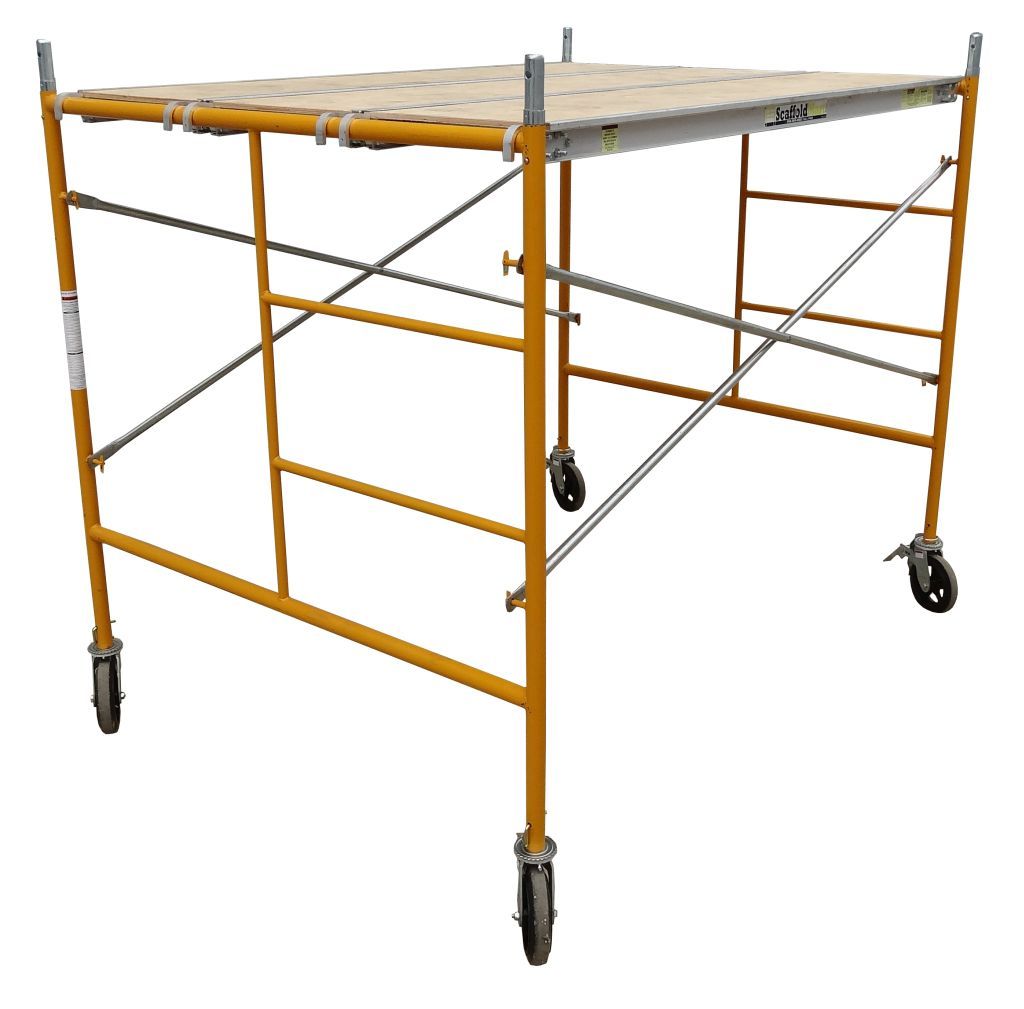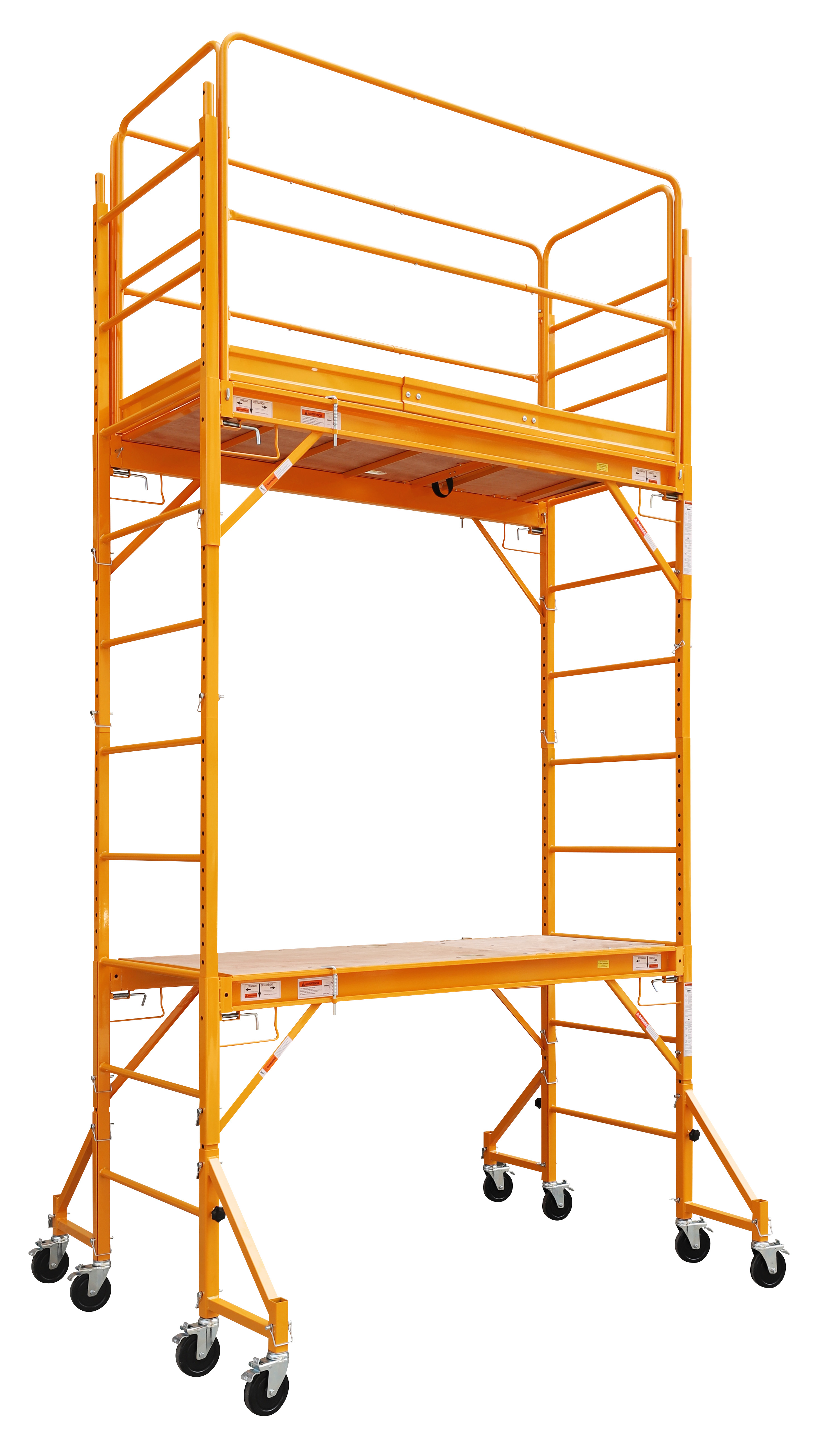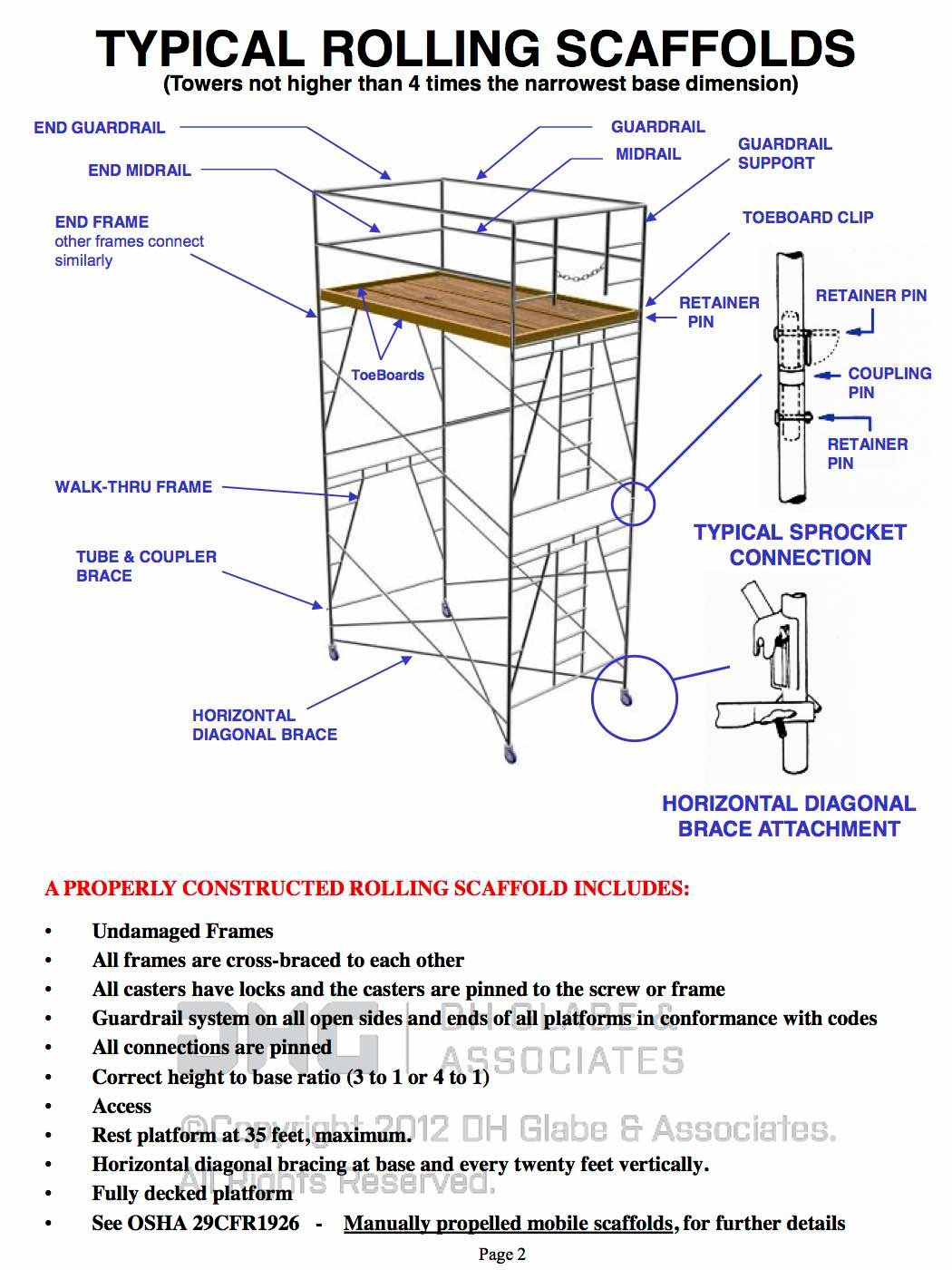Scaffolding on Historical Structures: Obstacles and Solutions
Maintaining historical buildings with scaffolding includes attending to product deterioration and seismic worries. Cooperation between conservation professionals and designers is vital. Gain access to limitations because of slim passages need different services while keeping the building's initial facade. Lasting products and advanced modern technology offer cutting-edge services, guaranteeing efficient conservation. Using standard reconstruction strategies and regular evaluation is vital for security and safety. The mindful equilibrium of these difficulties and options is vital in securing the historical significance of these architectural prizes.
Architectural Obstacles
The architectural obstacles associated with scaffolding on historical structures usually require a nuanced method to assure the conservation of the building honesty. When addressing product degradation, it is essential to understand the influence of time on the structural elements of historic erections. Years of direct exposure to environmental conditions can result in the damage of materials such as wood, stone, or metal, requiring mindful inspection and potentially substitute throughout repair jobs.
Furthermore, seismic reinforcing postures one more significant issue when setting up scaffolding on historic buildings. Making certain that the framework can endure possible seismic activity without jeopardizing its historical attributes calls for specialized design proficiency and meticulous preparation. By including seismic reinforcing strategies into the scaffolding style, such as base isolators or enhanced structures, the historical structure can be protected against potential earthquake damage while still enabling required repair job to take place.
Stabilizing the requirement for structural support with the preservation of historic authenticity is a delicate yet crucial aspect of scaffolding on historic buildings.

Preservation Factors to consider
Maintaining the historic significance of a structure throughout scaffolding tasks entails careful focus to preservation concepts and specialized techniques. When working with historical structures, maintaining architectural integrity is paramount. Scaffolding has to be carefully developed and installed to make certain it supports the structure without compromising its historical features. Preservation specialists usually collaborate closely with scaffolding designers to create options that safeguard the building's special style elements.
One more vital facet of conservation considerations is the visual effect of scaffolding on historical structures. The aesthetic appearance of scaffolding can considerably change the assumption of a building, specifically if it is a widely known landmark. Consequently, procedures such as utilizing products that assimilate with the structure's exterior or including ornamental aspects into the scaffolding design may be necessary to decrease the aesthetic impact.

Gain access to Limitations
Throughout scaffolding jobs on historic buildings, steering accessibility constraints postures significant challenges that call for mindful planning and cutting-edge options. Wheelchair concerns can develop because of slim flows or restricted pathways around the building. These restrictions might be worsened by the requirement to protect the heritage facets of the framework, which can restrict the installation of typical scaffolding systems.
Heritage restrictions usually determine that the original fa ade or building components can not be changed or damaged throughout the scaffolding procedure. This means that standard scaffolding methods may not be applicable, needing experts to design alternative access techniques that are both essential and respectful of the building's historical value.
Moreover, mobility problems can impact the effectiveness of the construction work, potentially prolonging job timelines and enhancing expenses. It is necessary for project supervisors to conduct comprehensive website analyses and collaborate closely with heritage conservation authorities to create tailored remedies that resolve gain access to limitations while protecting the stability of the historical building.

Ingenious Solutions
Managing accessibility restrictions on historical structures during scaffolding jobs needs the expedition of cutting-edge services to guarantee effective and respectful preservation of the structure's heritage value. One such solution includes using sustainable materials in the building and construction of scaffolding. By opting for green materials such as bamboo or recycled steel, the ecological influence can be reduced while still giving the necessary support for repair job.
Moreover, the integration of advanced innovation can additionally provide cutting-edge remedies for scaffolding on historic buildings. For example, making use of drones outfitted with high-resolution cameras can help survey hard-to-reach areas of the structure, providing beneficial data for the scaffolding layout process. In addition, 3D printing modern technology can be utilized to develop customized scaffolding components that specifically fit the distinct contours of historic frameworks, making sure a safe and tailored fit.
Ideal Practices
Applying industry-established guidelines is essential for making sure the effective and sensitive execution of scaffolding projects on historical structures. When it involves finest methods for scaffolding on historical buildings, it is essential to take into consideration not only the architectural facets yet also the historical and visual significance of the building. Right here are some bottom lines to remember:
- Use of Standard Reconstruction Techniques: Using standard repair strategies can assist protect the authenticity and historic integrity of the structure.
- Regular Tracking and Evaluation: Regular tracking and assessment of the scaffolding structure is essential to guarantee its stability and security, as well as to stop any kind of damages to the historical structure.
- Addressing Aesthetic Concerns: Paying attention to aesthetic problems such as the visual influence of the scaffolding on the building's exterior is vital. Making use of products and shades that blend in with the building's style can aid lessen visual disturbances throughout the remediation procedure.
Often Asked Concerns
What Are the Regulative Needs for Scaffolding on Historical Structures?
Conservation criteria and safety measures are essential when erecting scaffolding on historical buildings. Regulative demands concentrate on maintaining historic significance while ensuring architectural integrity and employee security. Conformity with these criteria is crucial for effective remediation jobs.
Exactly How Do Weather Effect using Scaffolding on Historical Structures?
Weather play a necessary role in the conservation obstacles of historic structures. From severe temperature levels to high winds and precipitation, these aspects can influence the security and efficiency of scaffolding used for upkeep and reconstruction work.
Exist Certain Insurance Considerations for Utilizing Scaffolding on Historic Structures?
Insurance coverage for scaffolding on historical buildings calls for specialized plans as a result of the special dangers connected with heritage conservation. https://belsizeparkscaffolding.co.uk Factors such as the building's age, historical relevance, and possibility for damage during repair job have to be thoroughly taken into consideration in these plans.
What Are the Prospective Threats and Responsibilities Connected With Scaffolding on Historical Buildings?
Scaffolding dangers on historic buildings posture substantial liability concerns, affecting heritage conservation and structural stability. Problems such as damage to delicate exteriors, prospective structural weakening, and historical importance jeopardization have to be diligently managed to assure conservation initiatives achieve success.
How Do Social and Area Factors To Consider Contribute in using Scaffolding on Historical Structures?
Social conservation is critical in preserving the authenticity of historic structures. Neighborhood engagement ensures that neighborhood worths and point of views are taken into consideration when utilizing scaffolding on these structures, cultivating a collective approach that appreciates heritage while resolving functional needs.
Conclusion
To summarize, scaffolding on historic structures provides structural challenges, conservation considerations, and gain access to restrictions.
However, innovative options and best techniques can aid mitigate these obstacles and assure the successful conservation of these useful structures.
It is important to carefully prepare and apply scaffolding tasks on historic buildings to shield their stability and historical relevance for future generations.
